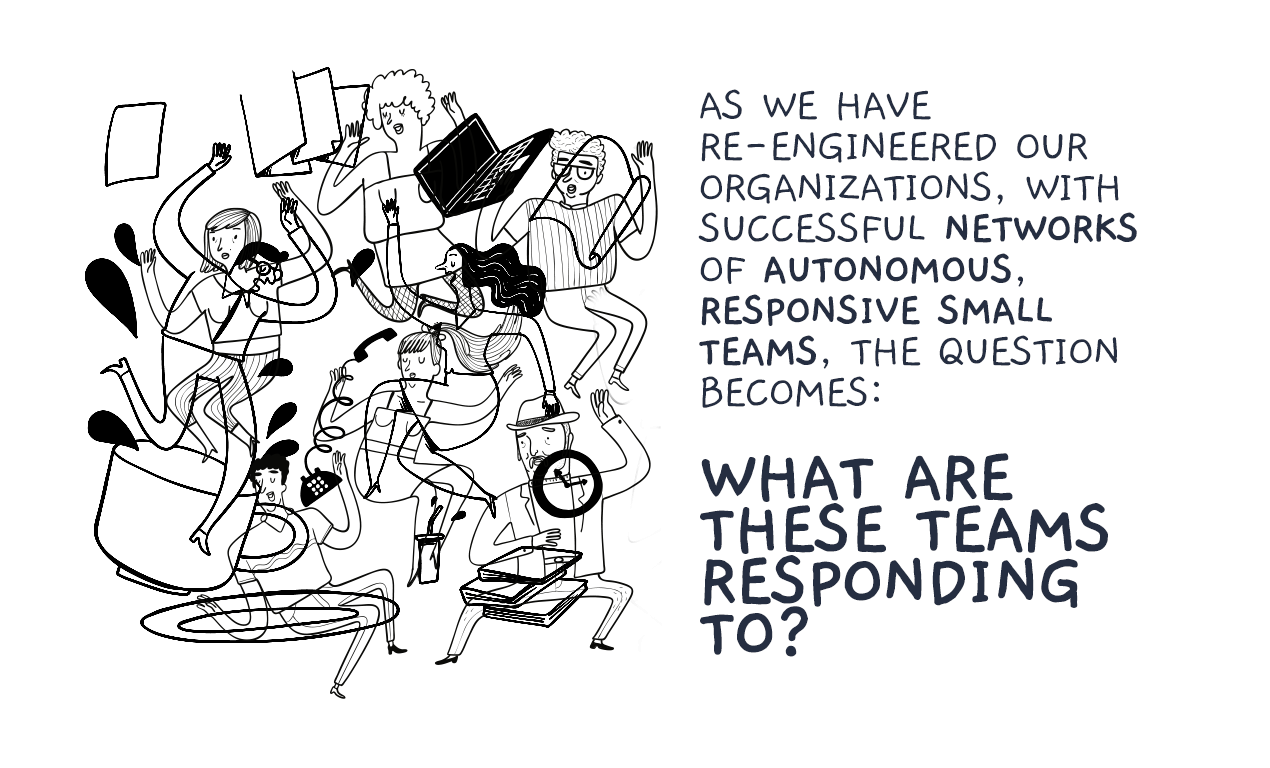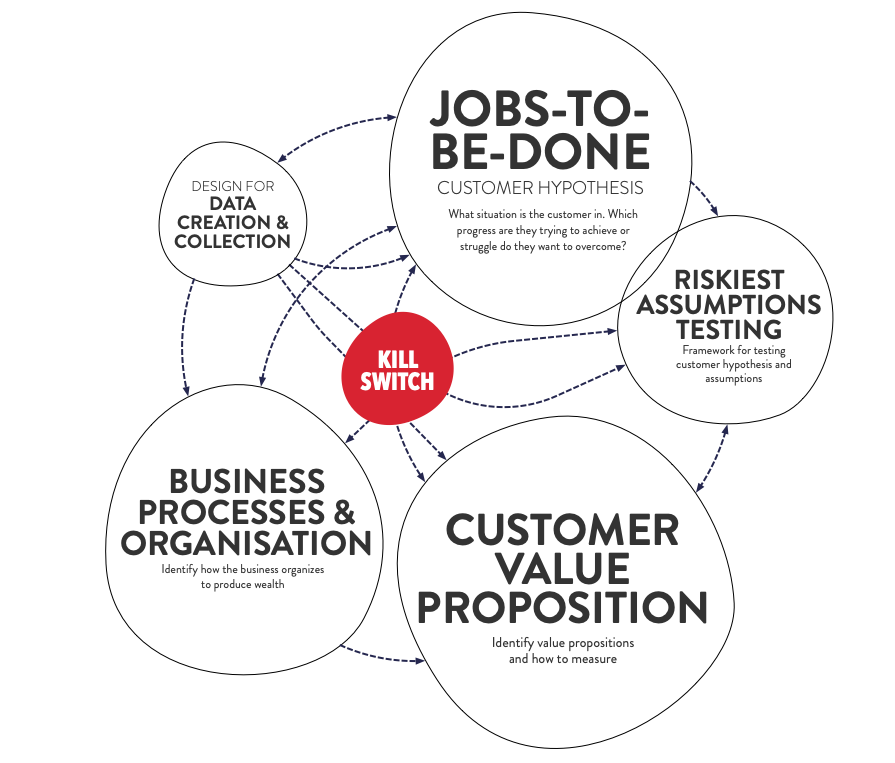PRINCIPLES:
Our highest priority is to satisfy the customer through early and continuous delivery of valuable software.
Agile Customer Thinking offers a way to understand what the customer finds valuable, in a form and format that is at scale, in real-time and continuous. It offers the team access to why the customer finds it valuable — not only what they ask for or interact with.
Welcome changing requirements, even late in development. Agile processes harness change for the customer’s competitive advantage.
Agile Customer Thinking offers the team continuous insight into the motivation and demands of the customer. As the customer is exposed to new opportunities, new data and insight emerges. Agile Customer Thinking is able to continuously feed this back to the team to make decisions all through the project / all the way down the rabbit hole.
Business people and developers must work together daily throughout the project.
The customer perspective has to be a part of the discussion. Customer Agile Thinking puts the customer perspective into the priorities of the business people and the developers (it does not require its own role — everyone is a customer ambassador). To make sure the decisions are not made purely between business and developer priorities but that the customer demands and values are a part of the equation.
Build projects around motivated individuals. Give them the environment and support they need, and trust them to get the job done.
Agile Customer Thinking builds on The Law of the Customer introduced in Explaining Agile by Steve Denning. Agile Customer Thinking captures customer data and demonstrate to the team members how their contribution creates value and is meaningful to the customer. It gives everyone access to data and demonstrates a direct line of sight from the team members to the customer.
It gives everyone access to data and demonstrates a direct line of sight from the team members to the customer.
The most efficient and effective method of conveying information to and within a development team is face-to-face conversation.
Agile Customer Thinking produces outcomes that promote discussion and action. This has to work in an immediate dynamic face-to-face environment. Agile Customer Thinking makes sure there is an increase in discussion where the customer is at the center and is prioritized.
Working software is the primary measure of progress. Agile processes promote sustainable development.
Agile Customer Thinking holds agile’s own feet to the fire (re. the first principle) to the extent that customer value creation is as an important measure of progress as is working software. And offers a way to capture and identify customer value with the same ease.
Agile Customer Thinking holds agile’s own feet to the fire
The sponsors, developers, and users should be able to maintain a constant pace indefinitely.
Agile Customer Thinking feeds a continuous system of action. It has to be immediate and it has to respond in almost real-time.
Simplicity — the art of maximizing the amount of work not done — is essential.
Agile Customer Thinking gives the team direct access to what is valuable to the customer. And helps the team discuss which actions need to be prioritized and which can be avoided (not-done).
The best architectures, requirements, and designs emerge from self-organizing teams.
Agile Customer Thinking helps self-organizing teams make their own decisions by setting information free and giving the team the information they need to operate autonomously.
Agile Customer Thinking helps self-organizing teams make their own decisions by setting information free
At regular intervals, the team reflects on how to become more effective, then tunes and adjusts its behavior accordingly.
Agile Customer Thinking sees effectiveness in direct relation to what is and isn’t creating customer value. And it will assist the team by giving access to customer insight that helps the team prioritize their resource and investments.







